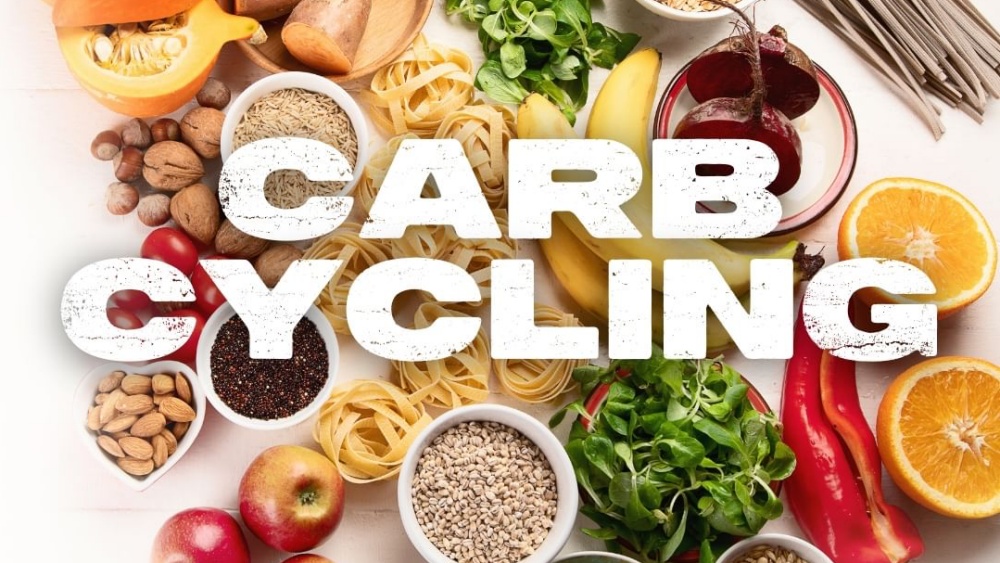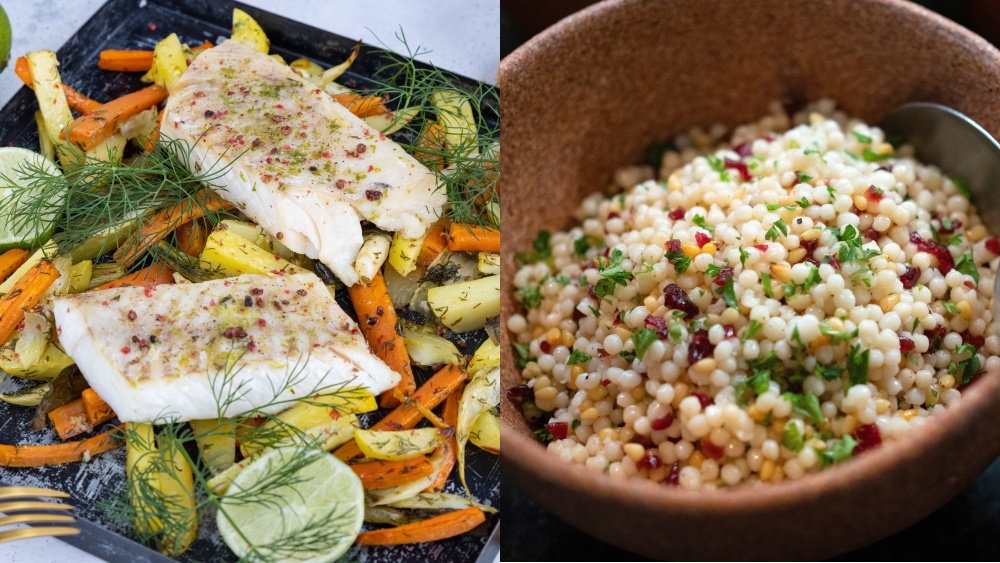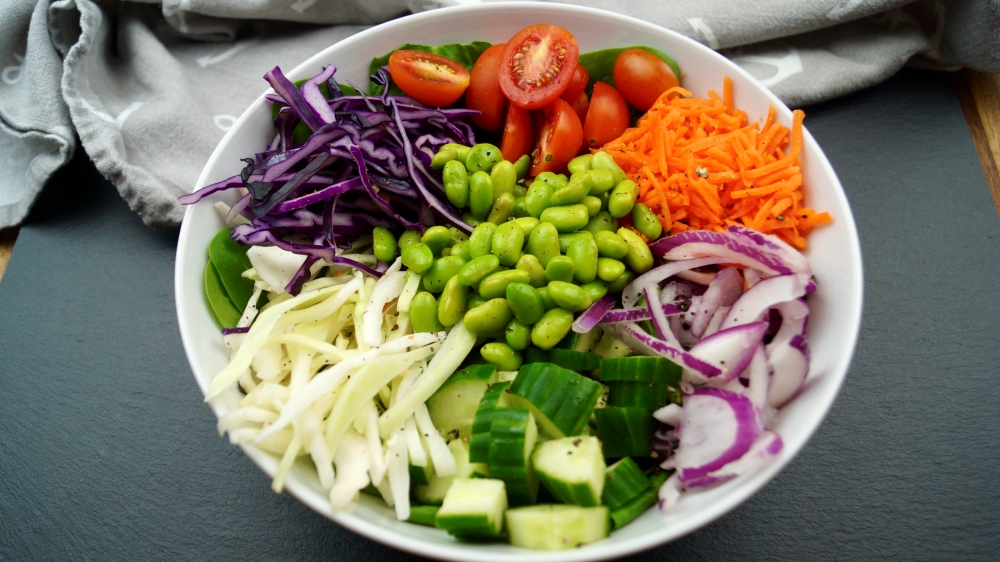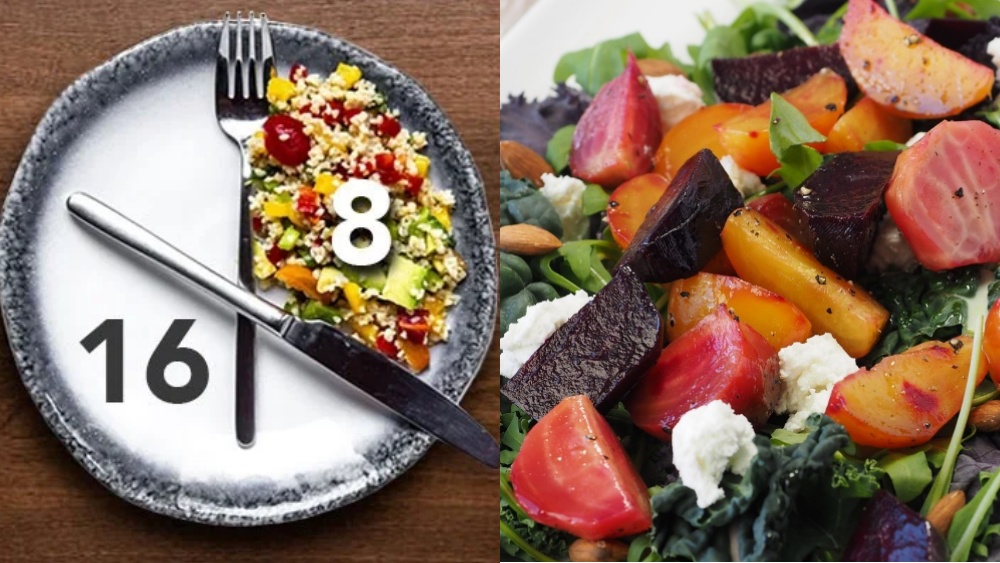Carb cycling is a dieting style that’s increasingly being used by MMA fighters or any martial artist looking to cut weight for their bouts and bodybuilders looking to keep their body fat low.
It’s a practice that involves cycling back and forth between low (or zero)-carb days and high-carb days.
Carbohydrates are one of the macronutrients your body needs to work, along with healthy fats and proteins. Nutritionists generally recommend getting about 55% of your calories from carbs, 30% from fats, and the rest from proteins.
Understanding How Carb Cycling Works And Helps You As A Fighter
Carbs are found in a wide variety of foods like dairy products, vegetables, fruits, grains, and legumes. Carbs are also often added to processed foods as starch or sugar.
Your body breaks down the carbohydrates you consume into glucose that it uses as fuel. The problem is when you consume more carbohydrates than your body needs, the remainder is converted into fat, which the body can tap into for energy when needed. The idea behind carbohydrate cycling is to give your body just the right amount of carbs to avoid adding more fat while providing enough energy to power through your workouts.
Maintaining low body fat during training camps is crucial for fighters since they typically have to compete at specific weights. This means carrying an excess 20 pounds of fat doesn’t do you any favors as a fighter since it simply means you’ll find yourself facing opponents who have 20 more pounds of muscle than you do.
Most fighters who take their careers seriously know to keep their body fat low to get an edge over opponents who aren’t as dedicated. The goal is to squeeze into the lowest weight class possible to have a competitive advantage.
The pressure to optimize your weight rises as you move up the ranks of combat sports. It doesn’t matter if you’re competing at the Olympics or for a major MMA promotion like ONE Championship; you can be sure that everyone you face has done everything in their power to be as light as possible.
The success of light-heavyweight champion Alex Pereira perfectly illustrates how advantageous it can be for a fighter to keep their weight as low as possible. He spent the early part of his career competing as a middleweight, ensuring he was larger than everyone he faced. He’s still pretty big for his weight class as a light-heavyweight, leading to talks about him potentially moving up to heavyweight and taking a crack at being the second three-division champion in MMA.
ONE Championship’s Anatoly “Sladkiy” Malykhin was the first to do so when he dropped down to the 205-pound division and stopped Reinier de Ridder from becoming the promotion’s middleweight, light-heavyweight, and heavyweight champion.
How It Works
Carb cycling for fighters usually entails consuming lots of carbohydrates on days you plan to train hard. Your body needs more fuel on those days, so consume anywhere from 3.5 to 4 grams of carbs for every kilogram of body weight.
Aim to consume about 1 to 1.5 grams of carbs for every kilogram of body weight or less than 30 grams on low or no-carb days.
Another approach to carbohydrate cycling involves scheduling three consecutive days of low carbs followed by two days of high carbs. It doesn’t matter how you go about it as long as you eat high-carb meals only on days you train hard. That doesn’t mean you should eat anything you want. Aim to consume just enough carbs to power your body. You want to be right at your daily calorie need or close to it.
The Science Behind Carb Cycling
Consuming anything that contains carbohydrates leads to your blood sugar rising and your pancreas making insulin, a hormone that transports glucose into your cells, where it’s either converted into energy, stored as glucagon for later use, or converted into fat.
The process starts when your cells absorb blood sugar, sending a signal to your pancreas. This back and forth between your pancreas and cells ensures you have the right amount of sugar in your blood.
A diet that contains too many carbohydrates can lead to your pancreas making too much insulin, making cells more resistant. This can lead to weight gain and health issues like diabetes.
Taking short breaks by cycling carbs allows your body to burn some stored fat while reducing how much insulin is produced. The key to making it work is burning many calories via exercise on high-carb days. Consuming lots of carbohydrates without exercise will lead to weight gain.
Here’s a sample of what a carb-cycling lifestyle looks like:
- Day 1 (high-intensity workout): 3.5 to 4 grams of carbs per kilogram of body weight
- Day 2 (low-intensity workout): 1 to 1.5 grams of carbs per kilogram of body weight
- Day 3 (high-intensity workout): 3.5 grams of carbs per kilogram
- Day 4 (low-intensity workout): 1 to 1.5 grams of carbs per kilogram
- Day 5 (high-intensity workout): 3.5 to 4 grams of carbs per kilogram
- Day 6 (rest): Less than 30 grams of carbs for the entire day
- Day 7 (rest): 1 to 1.5 grams of carbs per kilogram of body weight
What To Expect When You Start Carb Cycling
Carb cycling will help you maintain an optimal weight heading into your next competition, but your body might struggle a bit when you lower your carbohydrate intake. You might experience constipation, bloating, fatigue, and difficulty sleeping. It can also make you a bit cranky.
These side effects often disappear after a few days as your body adjusts to getting fewer carbs. Making sure your body has enough electrolytes helps to keep them at bay.
Lowering your carb intake is also easier said than done since many foods and beverages we love, like sodas, sweets, and biscuits, are loaded with carbs. Sugar is also known to be one of the most addictive substances in the world, so you’ll need lots of willpower to stick with your diet.
Carbohydrate Cycling Can Get You To Your Ideal Weight
Try carb cycling if you’ve had difficulty maintaining a healthy weight. It might turn out to be the right diet style for you.
You may also like:
Everyday Nutritional Must-Haves: The Key Vitamins And Minerals To Consume

















